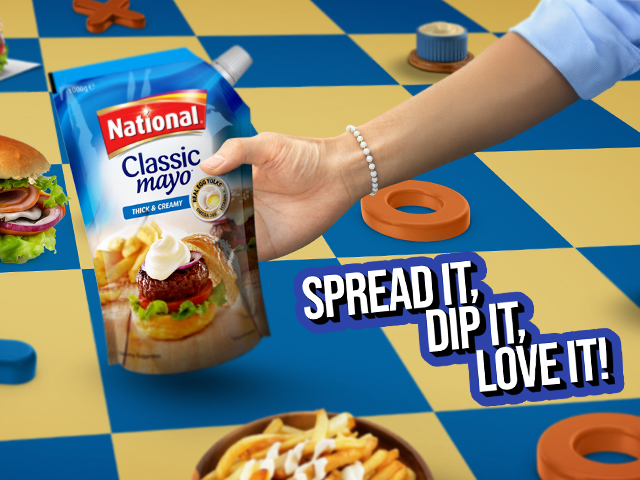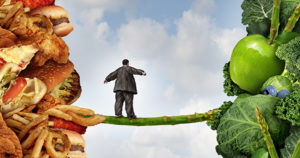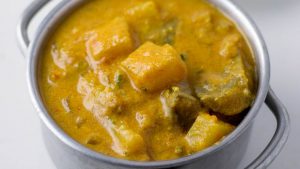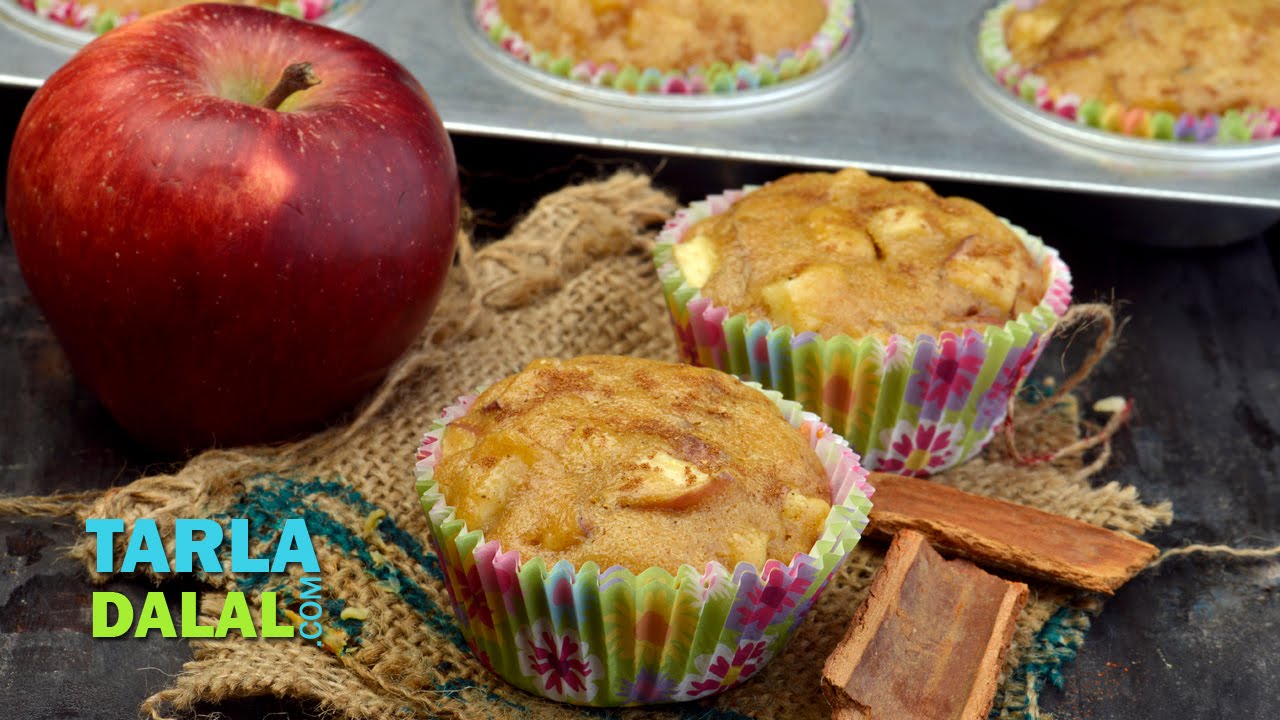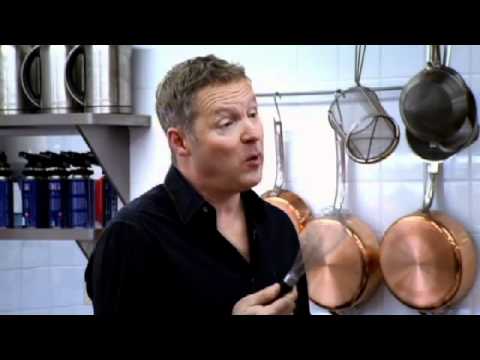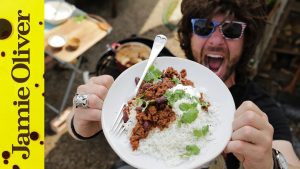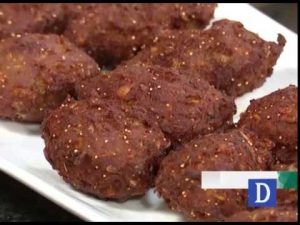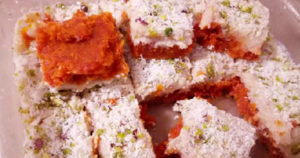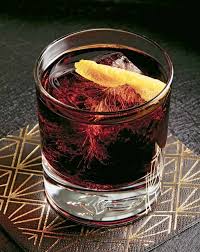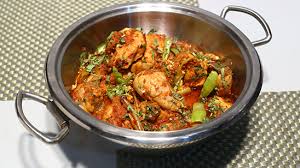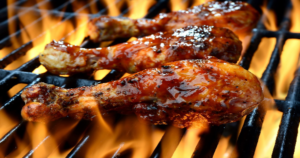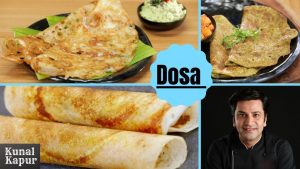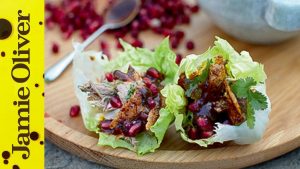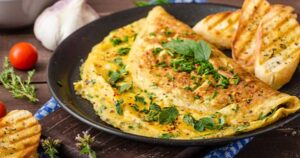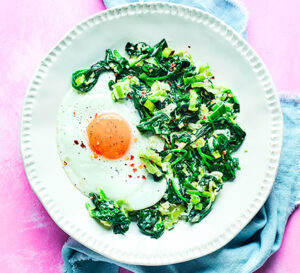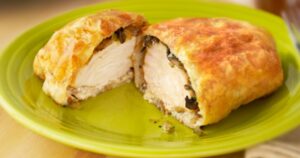When it comes to weight loss, 100 calories of cake is not the same thing as 100 calories of protein and fiber. That’s because not all calories are created equal.
What is a Calorie?
Calories are a measure of the energy that is generated from food once inside the body, and they abide by a simple law of physics: energy in minus energy out equals weight loss or gain. This is true both in a test-tube and in tightly controlled weight-loss experiments, in which people are fed exactly the same number of calories, but from different food sources. Subjects will lose roughly the same amount of weight, regardless of whether the calories come from a diet low in fat, low in carbs, or any other combination of nutrients. However, the results discount variables such as hunger (controlled by hormones), cravings, emotions, and non-controlled environments.
Good Calories vs. Bad Calories:
Here’s the thing: If we ate just spoonfuls of sugar all day, we would ultimately die. There are no nutrients to accompany those sugar calories—and our bodies need a variety of nutrients, vitamins, minerals, and so on to function properly. Foods are not made up of calories alone, but rather they are complex mixtures in terms of fiber, nutrients, and additives. This can have a vastly different effect on the hormones that control hunger (leptin) and those that tell our bodies to either burn or store fat (insulin). Complicating things is the fact that our bodies are naturally programmed to defend our fat stores as a biological means of protecting against long-term starvation, making it all the more difficult to put down that fork when the chocolate cake is served.
The Best Calories:
So which foods don’t tell us to store fat and send us back to the fridge an hour later? It’s not rocket science: the concept goes back to the way we ate before we were inundated with processed foods. Focus on eating lean protein, healthy fats, and unprocessed, unrefined carbohydrates such as vegetables, beans, and fruit. And when it comes to whole grains, the less processed the better—think brown rice vs. white and stone-ground whole wheat, quinoa, or oats instead of white bread. Replace highly processed carbohydrates, which spike blood sugar and insulin, with vegetables, beans and whole grains. Choose fats that come from plant sources like nuts, olive oil and avocado and lean proteins such as fish and chicken.


